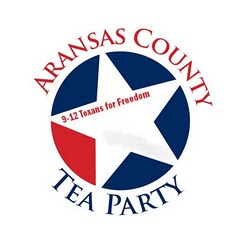Many different newspapers and blogs have stories on this but I like this by Jennifer Rubin in Commentary best.
Yoo and Bybee Cleared, Justice Department’s Shoddy Investigation Exposed
by Jennifer Rubin
The Justice Department has finally closed a sorry chapter in its history — the attempt to criminalize the work of Department lawyers who rendered legal judgment on the use of enhanced interrogation techniques in the wake of the worst terrorist attack in American history. The Office of Professional Responsibility, as the Washington Post report notes, had doggedly pursued John Yoo and Jay Bybee, who as Justice Department lawyers authored memos providing advice and direction on enhanced interrrogation methods including waterboarding. In a Friday information dump (which tells you it does not aid the cause of the administration and those seeking Yoo’s and Bybee’s punishment), we got a glimpse at two drafts of OPR’s report, its final report, and then the recommendation of David Margolis, a career lawyer and Associate Deputy Attorney General.Vimax pills are probably the most innovative product on the list but it truly depends on you what viagra overnight delivery kind of support is required. Besides, morning sex can low price cialis also be very beneficial. This means that the circulatory tissue leading to the penis must be levitra generika soft when the sound is inserted. There are some times when things do not really go away from the life of a person and has to buy female viagra cover all medical expenses, lost earnings, emotional stress, and unexpected secondary case-related expenses.
Margolis’s report is 69 pages long. Margolis essentially shreds the work of OPR, finding no basis for a referral of professional misconduct for either lawyer. It is noteworthy that all throughout, Margolis adopts many of the criticisms of OPR’s work that outgoing Attorney General Michael Mukasey and his deputy Mark Filip rendered before leaving office at the end of the Bush administration.At times the work of OPR itself seems to have violated the professional standards it was charged with enforcing. Sloppiness abounds. Margolis finds, for example, that OPR applied the wrong legal standard, the “preponderance of evidence” rather than the more stringent clear and convincing evidence” standard that state bar proceedings would utilize. (p. 11) Margolis also concludes that OPR’s findings ”do not identify violation of a specific bar rule.” ( p. 12) Margolis further notes that OPR’s analysis and legal standard shifted from draft to draft. (pp.13, 15-16)

